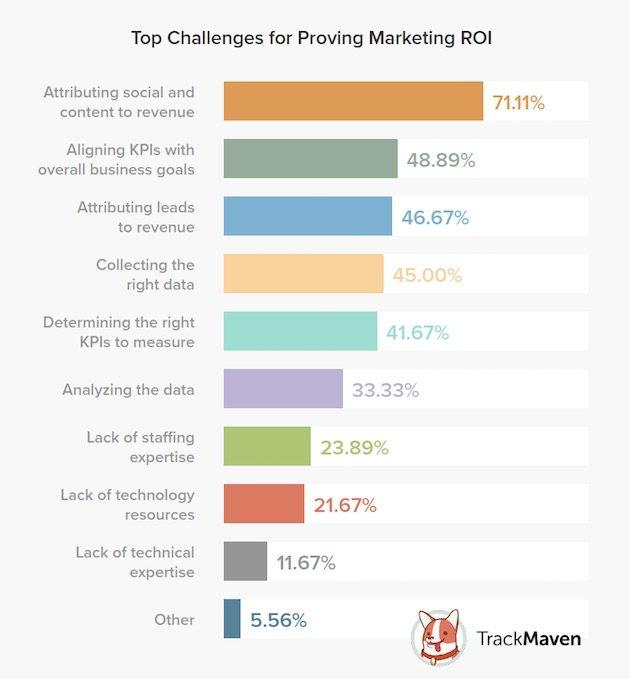
How To Guide: Understanding and Utilizing Digital Marketing ROI
Digital marketing has become a vital component of promoting businesses in today’s digital era. One crucial aspect of digital marketing is measuring the return on investment (ROI) to evaluate the effectiveness and profitability of marketing campaigns. This guide will provide a comprehensive understanding of digital marketing ROI and guide you through the process of using it effectively.
1. What is Digital Marketing ROI?
Digital Marketing ROI is a metric that measures the profitability and financial impact of your digital marketing efforts. It helps you determine the value generated by your marketing campaigns in relation to the resources invested. ROI provides insights into whether your marketing activities are generating positive returns or need adjustment.
2. Calculating Digital Marketing ROI:
To calculate your ROI, you need to follow this basic formula:
ROI = (Revenue – Marketing Investment) / Marketing Investment * 100
a. Revenue: Determine the revenue generated directly from your marketing campaigns. This could include sales, conversions, or leads.
b. Marketing Investment: Calculate the total cost incurred in executing the marketing campaign, including expenses such as advertising costs, content creation, software tools, and staff salaries.
c. Calculate the ROI: Subtract the marketing investment from the revenue, divide by the marketing investment, and then multiply by 100 to express it as a percentage.
3. Factors impacting Digital Marketing ROI:
Several factors influence your digital marketing ROI. Some of the key factors to consider are:
a. Marketing Channels: Different marketing channels may yield varying ROI results. Analyze the performance of each channel and allocate resources accordingly.
b. Target Audience: Understanding your target audience and tailoring your marketing efforts to their needs and preferences can help improve ROI.
c. Conversion Rate: The percentage of website visitors or leads that convert into customers directly impacts your ROI. Enhancing conversion rates through optimization strategies can significantly improve ROI.
d. Customer Lifetime Value (CLV): Consider the value a customer brings over their entire engagement with your business. A higher CLV suggests your marketing campaigns are successful in attracting valuable customers and maximizing ROI.
4. Leveraging Digital Marketing ROI:
Utilize Digital Marketing ROI to enhance your marketing strategies and optimize campaign performance effectively with these steps:
a. Set Clear Goals: Define your marketing objectives early on, whether they’re to increase sales, improve brand awareness, or expand your customer base. Clear goals allow you to measure ROI accurately.
b. Tracking and Analytics: Implement robust tracking mechanisms and analytics tools to monitor the performance of your marketing campaigns. Utilize tools like Google Analytics to capture relevant data and gain insights into user behavior.
c. Experimentation and Testing: A/B testing different campaign elements like ad copy, landing page design, and target audience segments can help optimize campaigns and maximize ROI. Continually test and refine your strategies based on what yields the best results.
d. Attribution Modeling: Properly attribute revenue and conversions to specific marketing channels and tactics. This helps identify the most effective channels, enabling you to allocate resources appropriately.
e. Regular Evaluation and Adjustments: Continuously review and evaluate the impact of your marketing efforts on ROI. Identify areas that need improvement and tweak strategies accordingly for better results.
In conclusion, Digital Marketing ROI is a critical metric for measuring the success and profitability of your marketing campaigns. By understanding how to calculate and interpret ROI, analyzing key factors influencing it, and leveraging ROI data to optimize your marketing strategies, you can make more informed decisions and achieve better results.





